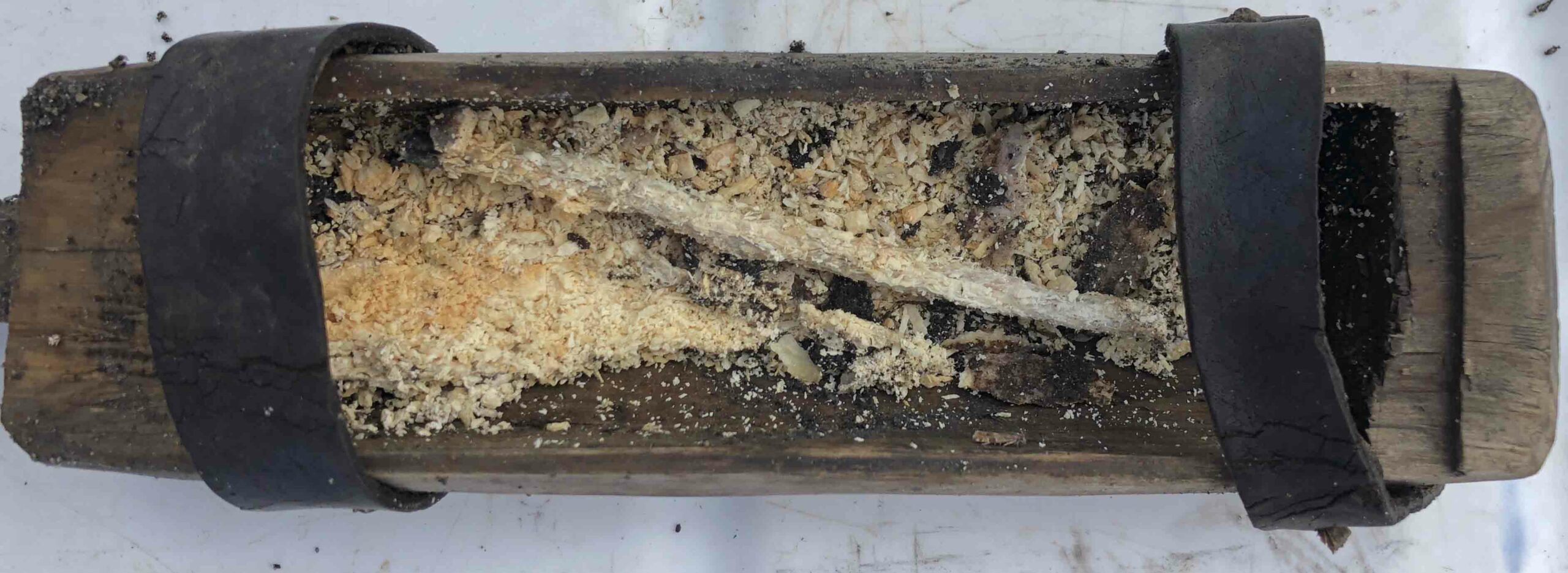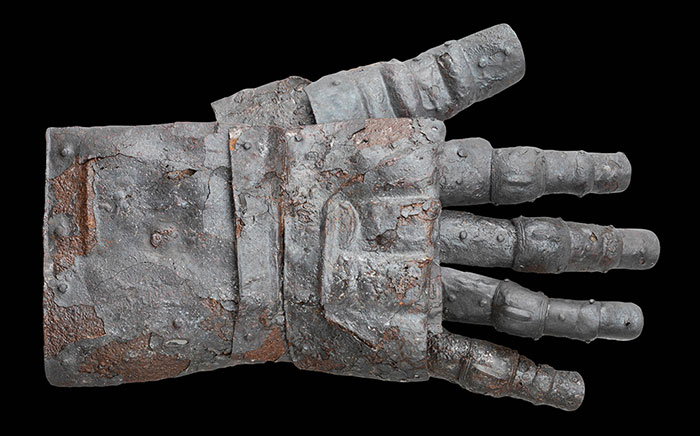
COPENHAGEN, DENMARK— Morten Tange Olsen and Xénia Keighley of the University of Copenhagen radiocarbon dated the remains of 34 walruses recovered in western Iceland in an effort to learn if the island’s unique subspecies died out after the establishment of a permanent Viking settlement around A.D. 874, according to a New Scientist report. The study suggests that three of these animals lived during the Viking period, with the latest death occurring sometime between 1213 and 1330. It had been previously suggested that the walrus hunt described in a twelfth-century Icelandic saga, and the walrus skull and tusks sent to Canterbury to commemorate the death of Thomas Becket in 1170, may have involved animals that lived somewhere other than Iceland. The new dates suggest, however, that these animals could have been locals. In addition, to test the idea that the Icelandic walrus population simply left the island after the establishment of the Viking settlement and joined another walrus community, Olsen and Keighley’s team analyzed mitochondrial DNA obtained from the bones. They found that the Icelandic walrus subspecies is genetically distinct from walrus communities now living in other areas of the North Atlantic. “That was highly surprising,” Olsen said. To read about the surprising discovery of Pacific walrus bone fragments in a coffin with the remains of eight 19th-century humans, go to "World Roundup: England."










